
From Data to Narrative
Interactive Storytelling with Shiny
2025-04-09
Agenda
No
Nope
Jamás

Regla de Storytelling #1
Nunca reveles el final antes de tiempo.
Siempre eleva la tensión y el dramatismo
Agenda (v2)
- Nunca reveles el final
- Los detalles son importantes, pero no todos los detalles son importantes.
- Tu primera versión será horrible.
- Muestra, no cuentes.
Data Storytelling
¿Por qué Data Storytelling?
¿Qué es el Storytelling?
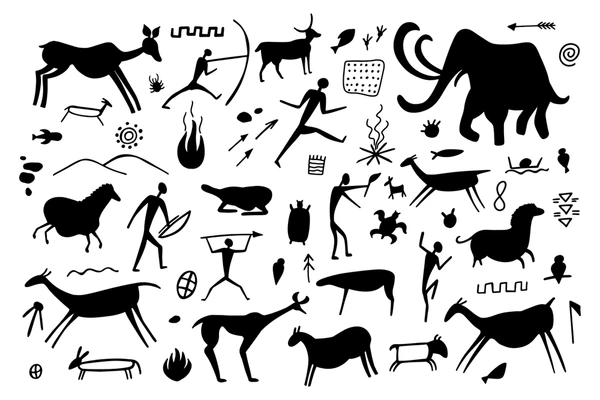
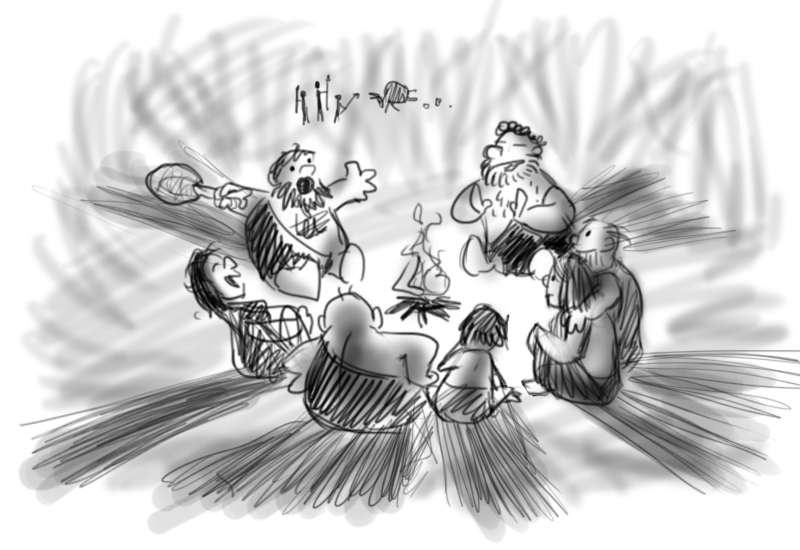
🔥 Las historias son la primera tecnología humana
Esos cerebros tan hackables…
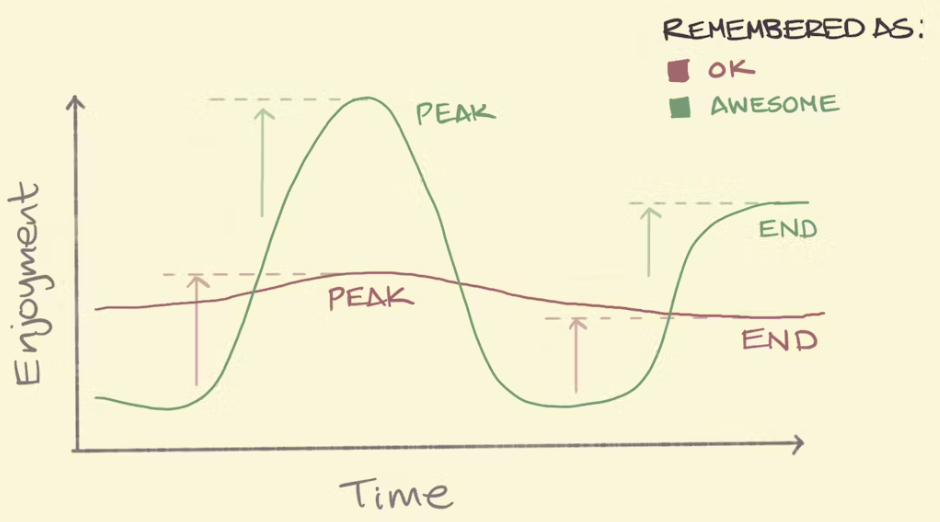
Regla del máximo y final (Peak-End Rule)
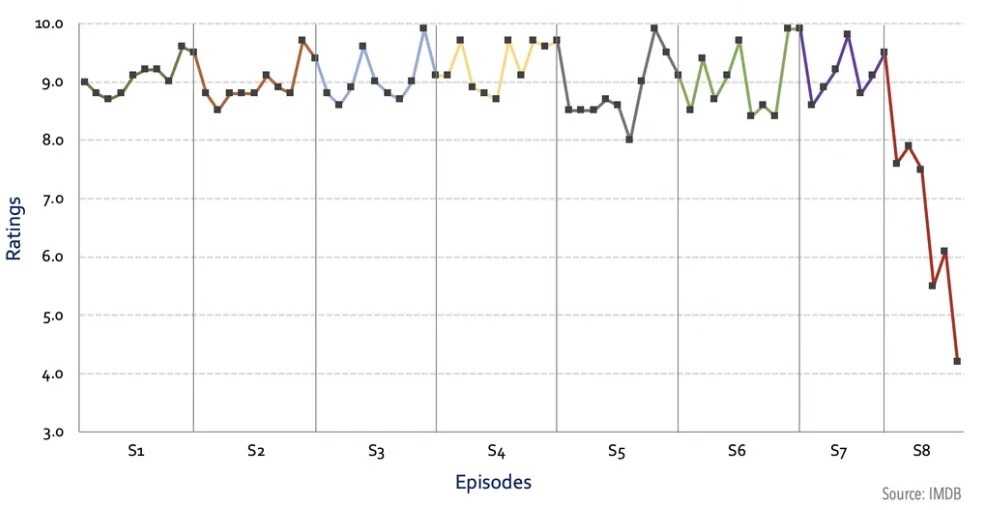
Rating de Game of Thrones, por Kelvin Neo
Narrativa
Usar trucos de Storytelling (narrativa) para crear presentaciones que serán recordadas y que causarán impacto

🎭 Las emociones generan acciones
El mejor ejemplo

¿Podemos hacer que millones de personas compartan estadísticas en redes sociales?

Regla de Storytelling #2
Los detalles son importantes, pero no todos los detalles son importantes.
Ejemplos
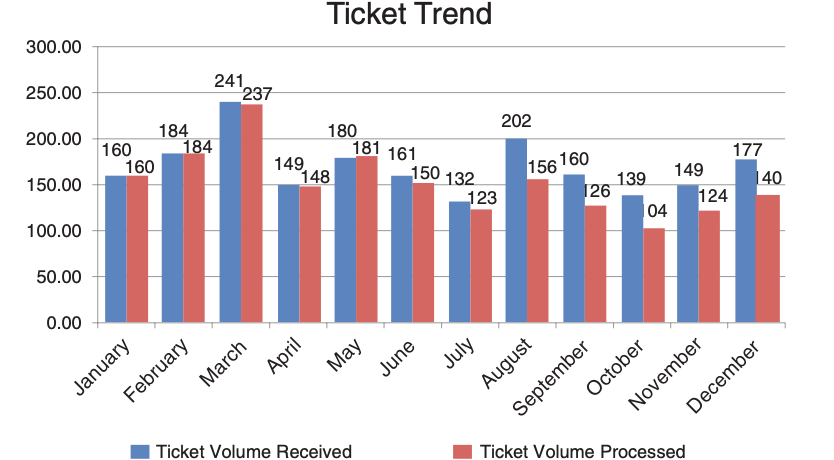 🔢 No compartas números
🔢 No compartas números
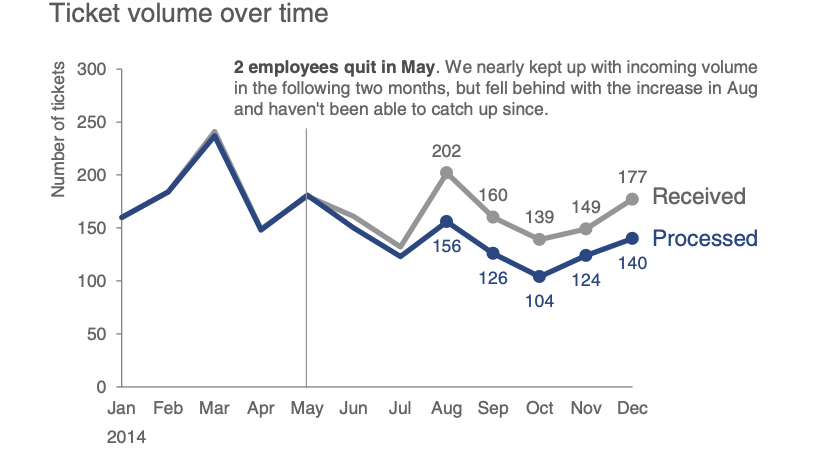 🪶Comparte una historia
🪶Comparte una historia
(C) Storytelling with Data, por Cole Nussbaumer Knaflic.
Regla de Storytelling #3
Tu primera versión siempre será horrible.
Ejemplos


🥱 1° versión \(<\) … \(<\) 😊 última versión
Usar chatbots de IA para:
- Plantillas personalizadas a medida
- Automatizar estructura del contenido
- Ahorro de tiempo en diseño
- Adaptación al estilo y preferencias

💡 Chatbots A.I. - Ideas
Usar chatbots de IA para:
- Analogías y ejemplos
- Mejores traducciones
- Prompts para crear imágenes
- No busques imágenes, créalas!

💡 Chatbots A.I. - Imágenes
Regla de Storytelling #4
Explicar menos y mostrar más
Explicar menos y mostrar más
Quarto
Quarto es un sistema abierto para publicaciones científicas con markdown y código interactivo (Python/R).
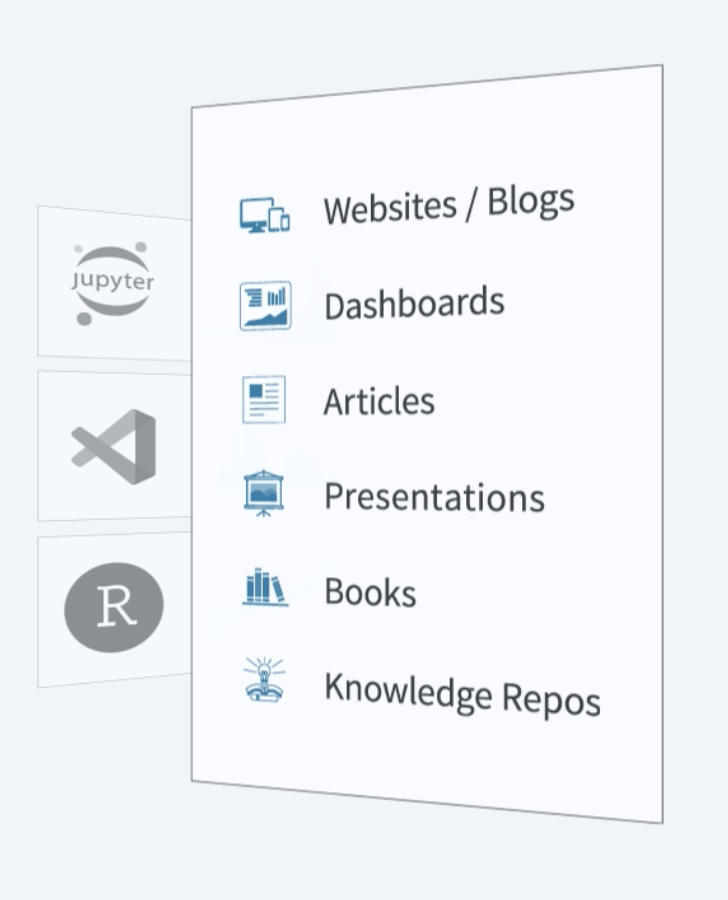
Código: example.qmd
---
title: "Habits"
author: "John Doe"
format:
revealjs:
transition: fade
theme: black
toc: true
center: true
---
## Getting up
- Turn off alarm
- Get out of bed
---
## Going to sleep
::: { .incremental }
- Get in bed
- Count sheep
:::Slides: example.html
Ejemplos
Quarto Extensiones
Las extensiones son una herramienta poderosa para modificar y ampliar el comportamiento de Quarto.

🌐 Quarto WebR y Quarto Pyodide

Ejemplos
Shiny
Shiny es un paquete de R que permite crear aplicaciones web interactivas fácilmente usando R (También disponible para python).
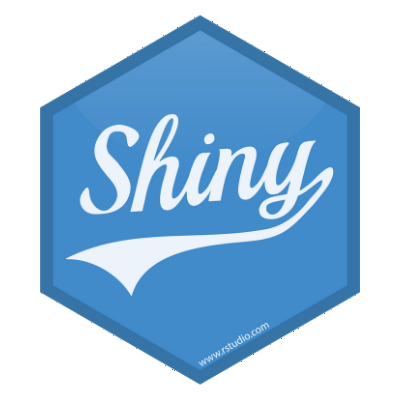
Shiny

🌐 Quarto Shinylive
Código para desplegar aplicaciones Shiny que se ejecutarán completamente en el navegador, utilizando Pyodide y webR (Python y R compilados a WebAssembly).
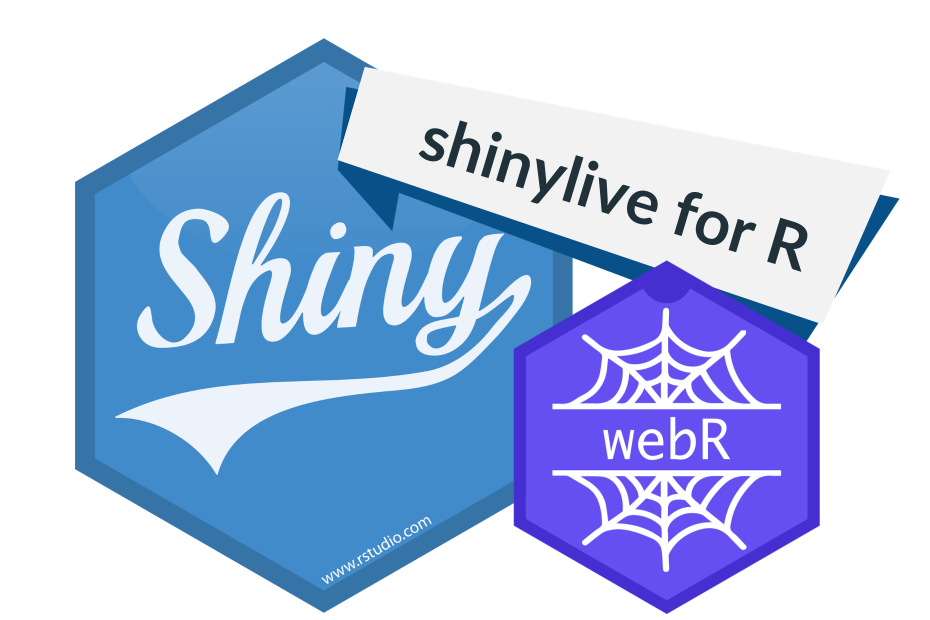
R: Ejemplos de Shinylive en R
Python: Ejemplos de Shinylive en Python
Quarto & Shiny
#| '!! shinylive warning !!': |
#| shinylive does not work in self-contained HTML documents.
#| Please set `embed-resources: false` in your metadata.
#| standalone: true
#| viewerHeight: 550
from shiny import App, ui, render, reactive
import matplotlib.pyplot as plt
import io
import base64
# Function to generate the plot dynamically based on input values
def create_plot(yes_value, no_value):
categories = ['Yes', 'No']
values = [yes_value, no_value]
fig, ax = plt.subplots(figsize=(10, 3))
ax.bar(categories, values, color=['lightblue', 'salmon'])
ax.set_title('😊 Do you like the presentation so far? 😊')
# Convert the image to base64 for display in Shiny
buf = io.BytesIO()
plt.savefig(buf, format="png")
plt.close(fig)
buf.seek(0)
encoded_image = base64.b64encode(buf.getvalue()).decode()
return f'<img src="data:image/png;base64,{encoded_image}" style="max-width:100%;">'
# UI definition
app_ui = ui.page_fluid(
ui.h2("Interactive Survey"),
# Sliders to change values dynamically
ui.input_slider("yes_value", "Yes responses:", min=0, max=50, value=20),
ui.input_slider("no_value", "No responses:", min=0, max=50, value=10),
# Output area for the plot
ui.output_ui("plot_output")
)
# Server function
def server(input, output, session):
@output
@render.ui
def plot_output():
return ui.HTML(create_plot(input.yes_value(), input.no_value()))
# Create the Shiny app
app = App(app_ui, server)Agenda (v2)
- Nunca reveles el final
- Los detalles son importantes, pero no todos los detalles son importantes
- Tu primera versión será horrible
- Muestra, no cuentes
🎉 ¡Gracias por Participar!

🔗 Nuestro Sitio Web: seth-nut.github.io/resources.



